Moonstone
Moonstone is a little difficult to write about, as there are multiple ‘types’ – some of which are not really the same type of material.
Of the most common mentioned, you may see ‘Rainbow Moonstone’, ‘Moonstone’, ‘Peach Moonstone’, ‘White Moonstone’, ‘Blue Moonstone’, or ‘Black Moonstone’.
You’ll find more information at the bottom of the page.
Showing all 7 results
-
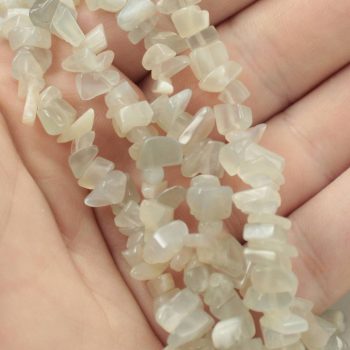
Moonstone bead strands
£4.00 -
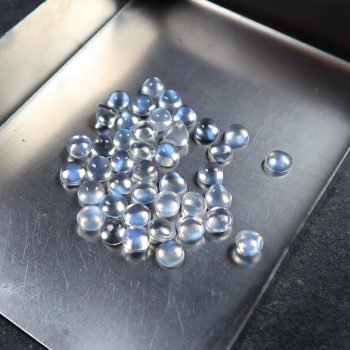
Moonstone Cabochons (Blue)
£3.00 -
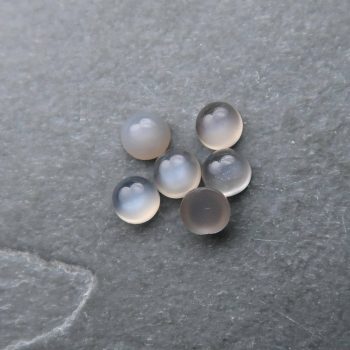
Moonstone Cabochons (Grey)
£3.50 -
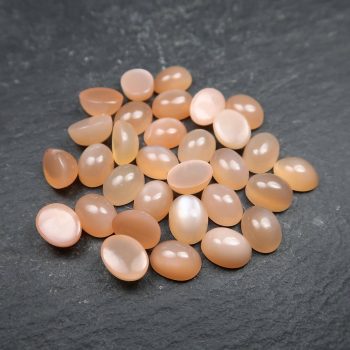
Moonstone Cabochons (Peach)
£1.50 – £1.75 -
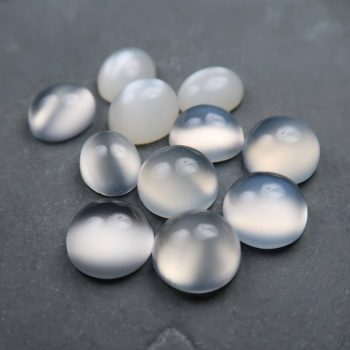
Moonstone Cabochons (White)
£1.50 – £12.00 -
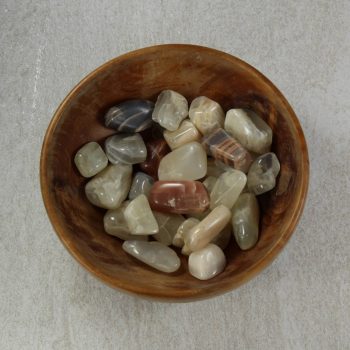
Moonstone Tumblestones (Mixed)
£1.50 -
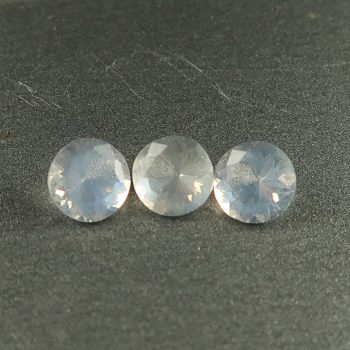
Moonstone, faceted
£10.00
Appearance, Uses and History
Moonstone is a little difficult to write about, as there are multiple ‘types’ – some of which are not really quite the same type of material.
Of the most common mentioned, you may see ‘Rainbow Moonstone’, ‘Moonstone’, ‘Peach Moonstone’, ‘White Moonstone’, ‘Blue Moonstone’, or ‘Black Moonstone’.
Moonstone, peach Moonstone and black Moonstone are varieties of the same material, with their colours altered slightly by mineral inclusions.
White Moonstone is generally a gem quality version of the above, with a type of chatoyance that give it almost a cats eye or asterism effect.
Rainbow Moonstone and Blue Moonstone, on the other hand, are a different material – closer to Labradorite. They are white, with occasional inclusions of Schorl (black Tourmaline), but possess an interesting play of colour. Blue Moonstone has, naturally, quite a bright blue flash.
Rainbow Moonstone, on the other hand, can show several colours, with greens, yellows and blues being the most common.
A more appropriate name might be ‘white Labradorite’, but arguably the Feldspar family is so complex it may be easier to just leave the public with the old name…
Moonstone is, obviously, a trade name – it is likely applied to other varieties of feldspar incorrectly sometimes – particularly peristerite, antiperthite, and anorthoclase.
Locales
Moonstone occurs worldwide, locales including Brazil, Japan, India, Mexico, Poland, Russia, Sri Lanka, and the USA.
Particularly fine gem quality specimens are found in Sri Lanka.
Mineralogy
Hazards and Warnings
Almost all rocks, minerals (and, frankly, almost all other substances on earth) can produce toxic dust when cutting, which can cause serious respiratory conditions including silicosis.
When cutting or polishing rocks, minerals, shells, etc, all work should be done wet to minimise the dust, and a suitable respirator or extraction system should be used.
Translations
As moonstone is a colloquialism, it may not translate well into other languages.
Arabic:
- حجر القمر
Hindi:
- मूनस्टोन
Portuguese:
Bengali:
Indonesian:
Punjabi:
English:
- moonstone
- hecatolite
Italian:
- pietra di luna
Russian:
- лунный камень
French:
- pierre de lune
Japanese:
- ムーンストーン
Spanish:
- piedra de la luna
German:
- Mondstein
Korean:
- 월장석
Thai:
- มูนสโตน
Gujurati:
Mandarin and Traditional Chinese:
- 月光石
Urdu:
